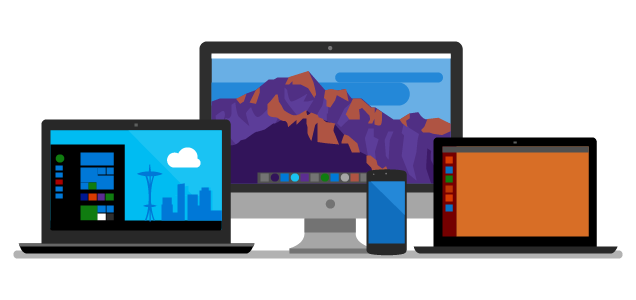How to port desktop applications to .NET Core 3.0
In this post, I will describe how to port a desktop application from .NET Framework to .NET Core. I picked a WinForms application as an example. Steps for WPF application are similar and I’ll describe what needs to be done different for WPF as we go. I will also show how you can keep using the WinForms designer in Visual Studio even though it is under development and is not yet available for .NET Core projects.
About the sample
For this post, I’ll be using a Memory-style board game application. It contains a WinForms UI (MatchingGame.exe) and a class library with the game logic (MatchingGame.Logic.dll), both targeting .NET Framework 4.5. You can download the sample here. I’ll be porting the application project to .NET Core 3.0 and the class library to .NET Standard 2.0. Using .NET Standard instead of .NET Core allows me to reuse the game logic to provide the application for other platforms, such as iOS, Android or web.
You can either watch Scott Hunter and me doing the conversion in the following video, or you can follow the step-by-step instructions below. Of course, I won’t be holding it against you, if you were to do both.
Step-by-step process
I suggest doing the migration in a separate branch or, if you’re not using version control, creating a copy of your project so you have a clean state to go back to if necessary.
Before porting the application to .NET Core 3.0, I need to do some preparation first.
Preparing to port
Porting main project
Create new project
Fast way (replace existing project file)
First, let’s try the fast way to port. Make sure you have a copy of your current .csproj file, you might need to use it in future. Replace your current .csproj file with the .csproj file from the project you created on the step above and add in the top <PropertyGroup>:
Build your app. If you got no errors – congrats, you’ve successfully migrated your project to .NET Core 3. For porting a dependent (UI) project see Porting UI section, for using the Designer, check out Using WinForms Designer for .NET Core projects section.
Slow way (guided porting)
If you got errors (like I did with my app), it means there are more adjustments you need to make. Instead of the fast way described above, here I’ll do one change at a time and give possible fixes for each issue. Steps bellow would also help to better understand the process of the migration so if the fast way worked for you but you’re curious to learn all “whys”, keep on reading.
Note that I set <GenerateAssemblyInfo> to false. In the new-style projects AssemblyInfo.cs is generated automatically by default. So if you already have AssemblyInfo.cs file in your project (spoiler alert: you do), you need to disable auto-generation or remove the file.
Now copy & paste all references from the old version of .csproj file into the new one. For example:
The project should build successfully since it is just a new way of writing the same thing. If you got any errors, double check your steps.
There is also a third-party tool CsprojToVs2017 that can perform the conversion for you. But after using it, you still might need to delete some reference by hand, such as:
Build your application. You might get some errors if you are using APIs that are not included in .NET Standard. If you did not get any errors with your application, you can skip the next two steps.
Porting the UI
For WPF projects you’d use this:
After my new WinForms .NET Core project was created, I added it to my solution.
Using the WinForms designer for .NET Core projects
As I mentioned above, the WinForms designer for .NET Core projects is not yet available in Visual Studio. However there are two ways to work around it:
In this blog post, I showed you how to port a desktop application containing multiple projects from .NET Framework to .NET Core. In typical cases, just retargeting your projects to .NET Core isn’t enough. I described potential issues you might encounter and ways of addressing them. Also, I demonstrated how you can still use the WinForms designer for your ported apps while it’s not yet available for .NET Core projects.
This content was originally published here.


